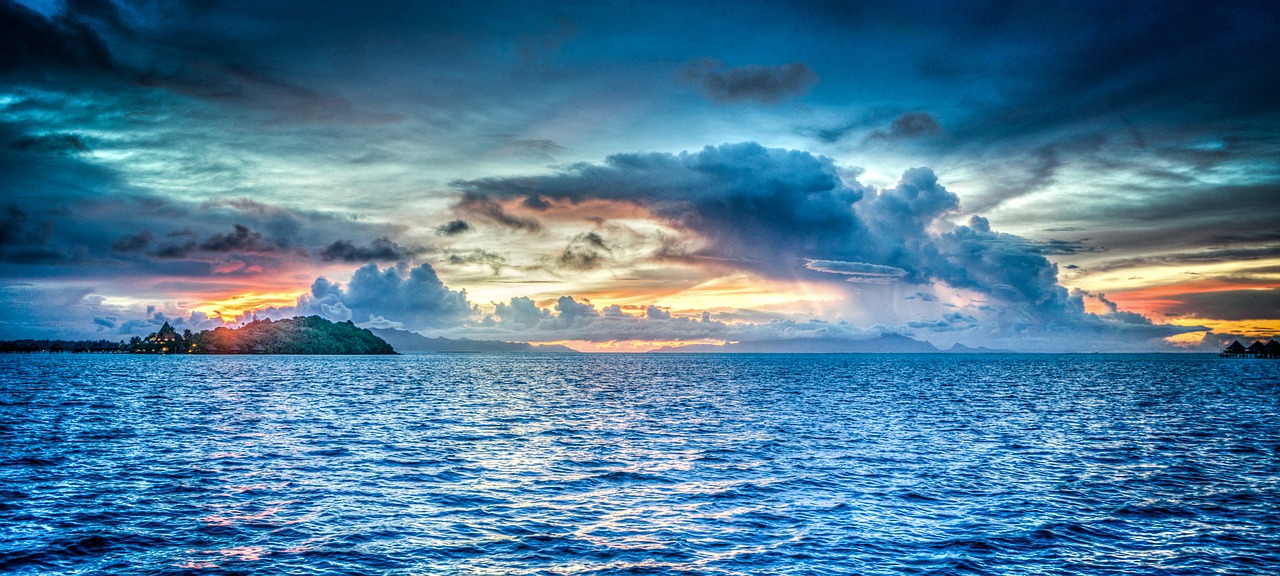UN member states Saturday agreed to a legally-binding high seas treaty after nearly 20 years of talks. The high seas treaty aims to protect 30 percent of seas by 2030 (a target known as “30 by 30”). At present very little of the high seas are subject to any protection with pollution and overfishing posing a growing threat.
For the first time, UN member states have agreed the basis for a unified treaty to protect biodiversity in the high seas—although the full text is yet to be released. The treaty will build on resolution 72/249 of December 2017.
UN Secretary General António Guterres said on the landmark treaty:
Our ocean has been under pressure for decades. We can no longer ignore the ocean emergency. In adopting a robust and ambitious agreement at this meeting, you can take an important step forward in countering these destructive trends and advancing ocean health for generations to come. This treaty can ensure the conservation and sustainable use of marine biological diversity of over two-thirds of our life-sustaining ocean space.
UN Ambassador for the Oceans and Law of the Sea Issues Rena Lee said, “The ship has reached the shore” and went on to say:
Yesterday I mentioned the way forward, we have finish the text of the agreement. We will run through the text for technical edits. The text will then be translated into all six language versions and time to be specified. We will then formally adopt the text in all six official languages of the United Nations.
Lee thanked all of the delegates who had worked worked through Friday night and into Saturday debating the sensitive political issues of the treaty, like how to share newly discovered resources between developed and developing nations.
The treaty will provide a legal framework for establishing vast marine protected areas (MPAs). This means that all activities that go on in the high seas will be subject to environmental impact assessments, with member states held accountable for their actions. The treaty itself focuses on four main areas: marine genetic resources, area-based management tools, environmental impact assessments, and the transfer of marine technology and building of capacity. This could mean restrictions on how much fishing can take place and on activities such as deep seabed mining and deep sea carbon capture and storage.
This comes 41 years after Ambassador Tommy Koh served as President of the Third UN Conference on the Law of the Sea (known as resolution 2340 (XXII) of 18 December 1967), which led to the United Nations Convention on the Laws of the Sea and now another Singapore Ambassador, Rena Lee, has presided over successful negotiations on the UN high seas treaty.


